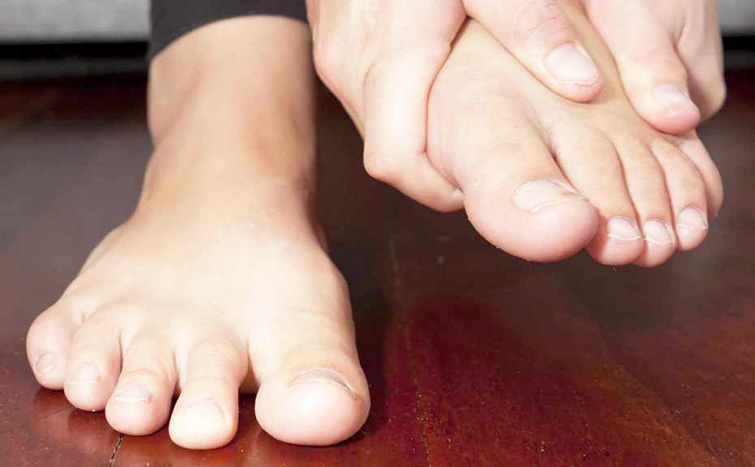One of the many different health complications of diabetes is the development of foot ulcers. There are a handful of reasons why diabetics are at high risk of such, and they include damage to the peripheral nerves, poor blood circulation especially in the lower extremities, and having high levels of sugar in the blood that bacteria love.
If you have diabetes or someone important in your life suffers from it, keep on reading. Below you will come across some of the most essential matters you need to know about diabetic foot ulcers.
Nerve Damage Makes You Unaware of Injury
People who do not suffer from diabetes tend to know right away if their foot is injured, whether it’s a simple blister due to the wearing ill-fitting shoes or a small puncture wound as a result of stepping on a thumbtack.
However, it’s an entirely different thing among people with diabetes. Usually, before they realize that they have some form of foot injury it’s already in its worse form, like infected.
Such is brought about by nerve damage, which is a very common complication of diabetes. It’s what’s called peripheral neuropathy, which is damage to the nerves in the hands, arms, feet and legs due to having high levels of sugar in the bloodstream.
Poor Blood Circulation Can Make Matters Worse
Someone who doesn’t have diabetes may have no problem healing a blister, cut or puncture on his or her foot. However, that’s not the case with a person who is diagnosed with diabetes.
You see, a diabetic has thick or sticky blood as a result of having high levels of sugar in it. Such can result in poor blood circulation. In order for a wound to heal properly, it needs to be supplied with oxygen- and nutrient-rich blood.
Since blood circulation can be hampered most especially in the lower extremities, it doesn’t come as a surprise why someone who suffers from diabetes may have a hard time healing a foot injury. Such can worsen overtime, causing foot ulcers to strike.
Bacterial Activity is Very Much Likely
It’s also via the circulation that immune cells get to where they are needed. So in other words, the injury to the foot of a diabetic may be deprived of much-needed immune cells, thus making it highly vulnerable to attacking bacteria.
An infection is what makes having foot ulcers dangerous. According to doctors, the soft tissues in the feet are different in that they are prone to spreading an infection rather easily.
With a foot ulcer around, it’s possible for the infection to spread to the bones and muscles of the affected foot. It may also potentially affect the rest of the legs. With such being the case, a doctor may have to recommend amputation of the affected foot.
Foot Ulcers are Preventable and Treatable
The good news is foot ulcers can be prevented from striking. It’s important for someone who suffers from diabetes to control his or her blood sugar in order to fend off peripheral neuropathy and poor blood circulation to the lower extremities.
Inspecting the feet on a regular basis is also important. At the first sign of a cut or sore, the person should spring into action right away in order to prevent bacterial activity.
In some instances, a doctor may perform what’s known as debridement. In this procedure, unhealthy or infected tissues are surgically removed. Such makes it easier for the immune system to keep and infection at bay and heal the foot injury. Daily changing of the dressing and reducing pressure on the affected foot can help in promoting faster healing.








